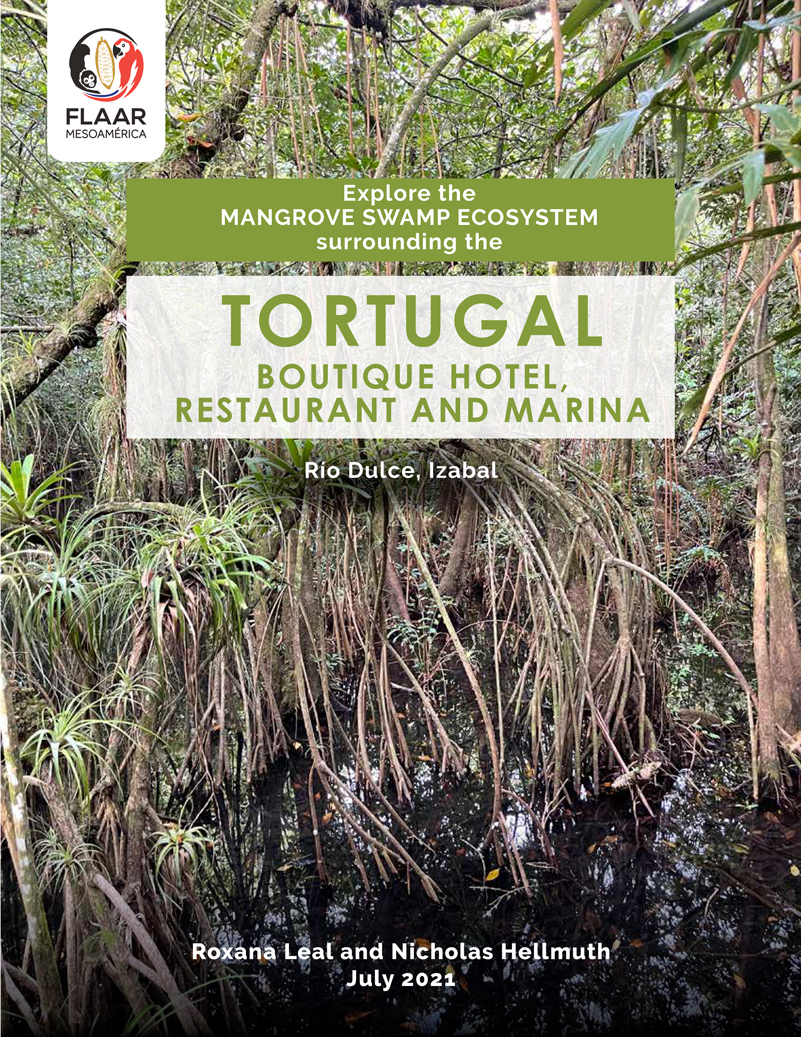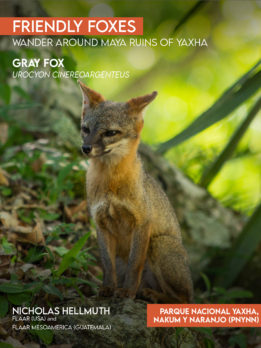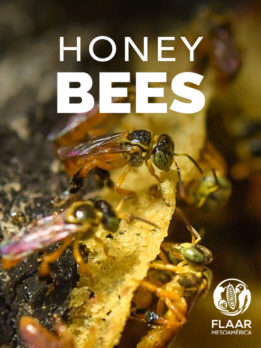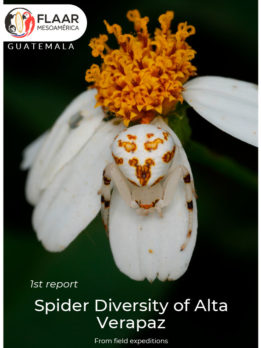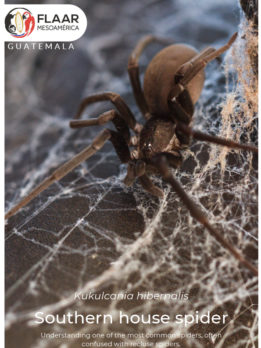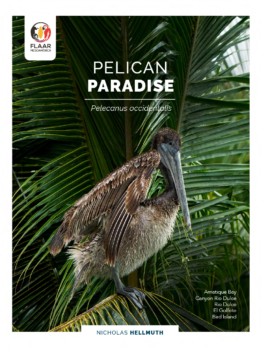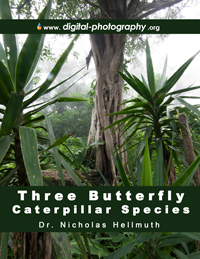Tegeticula sp. is a genre of moths, which are of great interest due their coevolution with yucca. The yucca moth has developed an amazing mimicry with the yucca flower, in addition, has a symbiotic relationship, where the moth can deposit its eggs in the flower and ensure their offspring, while the flower is pollinated by the moth. Its research is interesting for scientists and students, and very useful to understand the coevolution between moths and plants.
PDF, Articles, Books on the yucca moth, Tegeticula sp.
- 2006
- Patterns of Speciation in the Yucca Moths: Parallel Species Radiations within the Tegeticula yuccasella Species Complex. Systematic Biology. Vol. 55, No. 3. Pages 398-410.
Available Online:
http://segravelab.syr.edu/pdfs/Publications/Althoffetal06.pdf
- 2011
- Evaluación de la Población Natural y Hábitat de Palma Azul (Yucca rigida) en Mapimí, Durango, México. Tropical and Subtropical Agroecosystems. No. 14. Pages 315-321.
Available Online:
www.researchgate.net/profile/Bernardo_Amador/publication/293130812_Evaluation_of_natural_populations_and_habitat_of_bluepalm_Yucca_rigida_in_Mapimi_Durango_Mexico/links/56ba617e08ae2567351ed6a2/Evaluation-of-natural-populations-and-habitat-of-blue-palm-Yucca-rigida-in-Mapimi-Durango-Mexico.pdf
- 2000
- Pollen Dispersal in Yucca filamentosa (Agavaceae): The Paradox of Self-Pollination Behavior by Tegeticula yuccasella (Prodoxidae). American Journal of Botany. Vol. 87, No. 5. Pages 670-677.
Available Online:
https://www.researchgate.net/publication/12505646_Pollen_Dispersalin_Yucca_filamentosa_Agavaceae_The_Paradox_of_Self-Pollination_Behavior_by_Tegeticula_yuccasella_Prodoxidae
- 1996
- Genetic Consequences of Specialization: Yucca Moth Behavior and Self-pollination in Yuccas. Oecologia. Num. 109. Pages 273-278.
Available Online:
www.webpages.uidaho.edu/~pellmyr/pubs/Oeco97selfing.pdf
- 2000
- Systematics of the Yucca Moth Genus Parategeticula (Lepidoptera: Prodoxidae), with Description of Three Mexican Species. Annals of the Entomological Society of America. Vol. 93, No. 3. Pages 432-439.
Available Online:
www.webpages.uidaho.edu/~pellmyr/pubs/Parategeticula2000.pdf
- 2003
- El Efecto de Tegeticula yuccasella riley (Lepidoptera: Prodoxidae) Sobre la Fenología Reproductiva de Yucca filifera Chabaud (Agavaceae) en Linares, N.L., México. Acta Zoológica Mexicana. No. 89. Pages 85-92.
Available Online:
www.scielo.org.mx/pdf/azm/n89/n89a7.pdf
Suggested webpages with photos and information on Tegeticula sp.
www.fs.fed.us/wildflowers/pollinators/animals/moths.shtml
Information.
http://tolweb.org/Tegeticula/12419
Information and photos.
First posted November 2017.

















